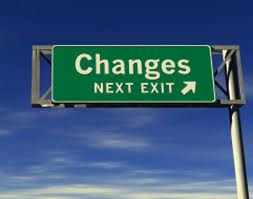Make a Change – Make a Difference
 One of the things about being an entrepreneur is the ability to affect change. Change the way it is done, change the way something looks, change the way everyone thinks about something, change the way we can be healed, change the way we live our lives, and more change, change, change! This is very empowering, and when you have it in your life, you feel how rewarding and motivating it can be.
One of the things about being an entrepreneur is the ability to affect change. Change the way it is done, change the way something looks, change the way everyone thinks about something, change the way we can be healed, change the way we live our lives, and more change, change, change! This is very empowering, and when you have it in your life, you feel how rewarding and motivating it can be.
In an interview in 1995, Steve Jobs discussed having the power to change things when he was at NeXT. He had success as an entrepreneur, but not the success he was getting ready to have with the iPod and iPhone development, staring around 2001. Even with the setback of being removed from Apple the first time, his passion to change and make things better was never stifled.
It is inspiring to know that everything around us is made up by others and we can go out and “poke life,” as he says, and make a dent in things. Making the mistake of believing that life is just there and that we are stuck living it as it comes is not the way to maximize one’s potential.
Check out the interview and be reminded that we have the power to change, and go out and make a difference in your own lives and the lives of others. Steve Jobs did this on a level that may seem hard to compete with, but even a small change can have a huge impact.
Steve Jobs: The Most Important Thing
What are you doing to poke life and mold it into something better?





